What connects Thomas Edison to Presidents Warren G Harding, Calvin Coolidge, and pop-singer Madonna? Look no further than the Sachem, one of the more storied vessels to ever grace the Ohio River. From a private yacht to a WWI patrol boat, then to Thomas Edison's floating research lab, and later a Prohibition-era rumrunner and WWII patrol boat, its journey has been nothing short of extraordinary. Today, its rusted hull rests along a tributary of the Ohio River, easily accessible to those who seek its story.
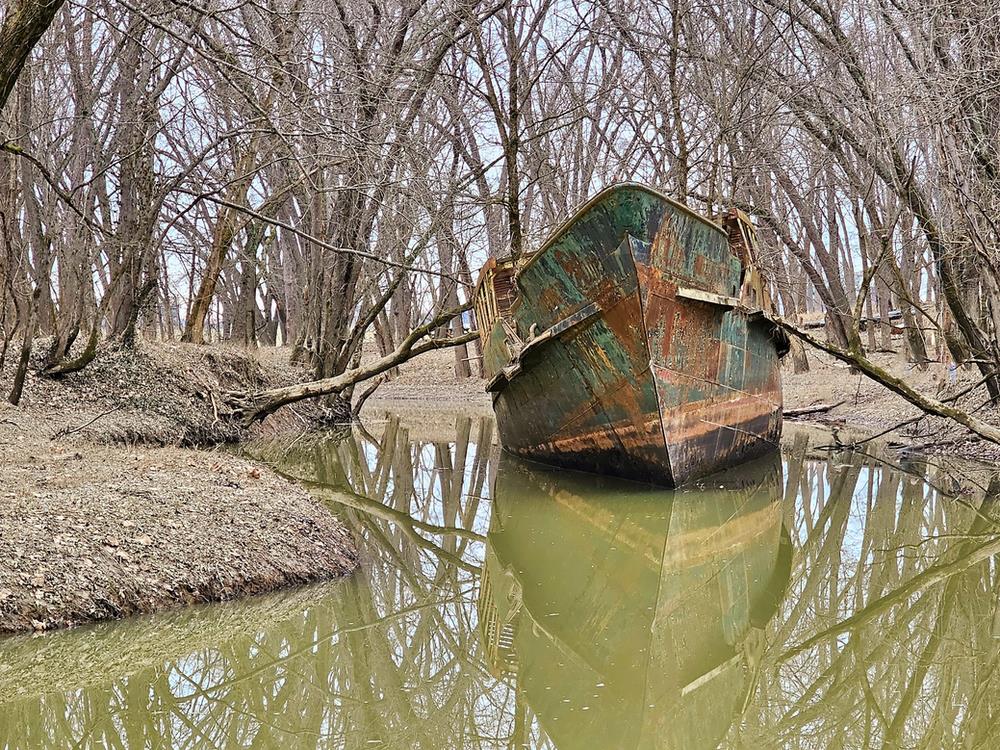
History of the Sachem
The saga of the Sachem, as it was last called, began in 1901 when affluent Manhattan businessman John Rogers Maxwell, Sr. commissioned the shipbuilder Pusey & Jones Company to construct a luxurious, schooner-rigged steam yacht.
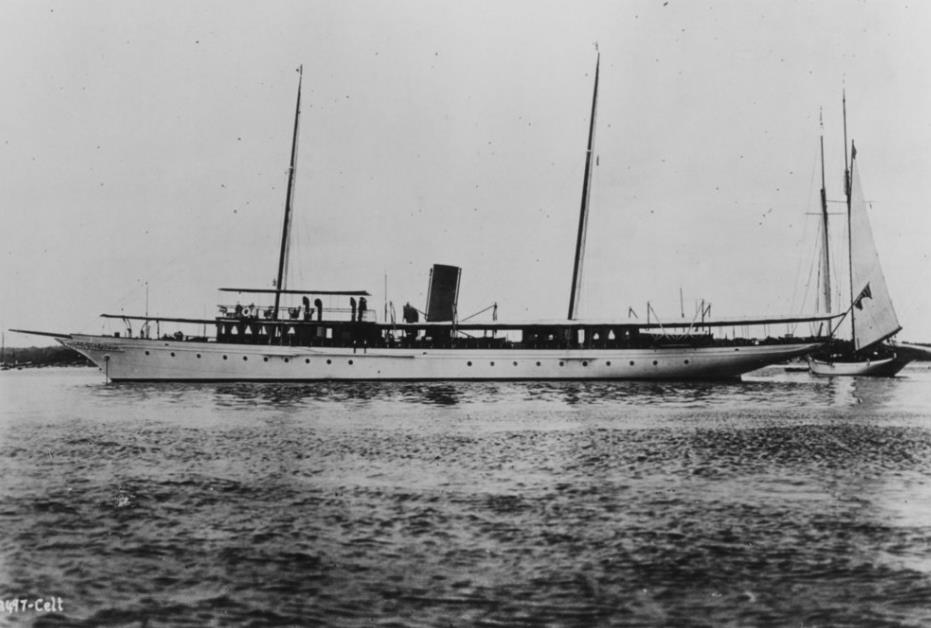

Originally named the Celt, it emerged as a pinnacle of maritime craftsmanship by Pusey & Jones. The 186-foot-long vessel, adorned in white with gold accents, boasted a four-cylinder triple expansion engine generating 1200 horsepower, achieving speeds exceeding 15 knots. Its opulent interior comprised five lavishly furnished staterooms equipped with modern amenities such as electric lighting and salt baths. Crafted from ash and mahogany, the yacht's forward quarters, forecastle, dining room, captain's stateroom, and pantry exuded elegance.
Featuring three and a half bathrooms, each adorned with sea green mosaic tiling on the floor and porcelain tiles on the walls, the Celt epitomized luxury. On June 3, 1902, it departed Pusey & Jones' shipyard in Delaware bound for New York, where Maxwell eagerly awaited his new acquisition. However, the yacht's journey encountered an initial mishap. While navigating the Christina River, a tributary of the Delaware River, the ship's captain narrowly avoided a collision with a tugboat by executing a sharp turn, inadvertently grounding the vessel. Despite minimal damage, the Celt was promptly towed back into the river and resumed its voyage to New York.
Upon her arrival, Maxwell, thoroughly impressed by Pusey & Jones' artistry, bestowed upon one of the company's engineers a pair of Etruscan gold cufflinks adorned with diamonds.
Over subsequent years, Maxwell utilized the Celt to commute from his country estate at Glen Cove to the Long Island Sound, where he participated in sailboat regattas along the Atlantic. Renowned for his sailing prowess, Maxwell secured victories in numerous America's Cup events, including the 1906 Kings Cup aboard his sailboat Queen. A longtime member of the Atlantic Yacht Club, Maxwell owned several renowned racing yachts such as the Peerless, Emerald, and Yankee before acquiring the Celt. Nevertheless, the Celt swiftly rose to prominence as the flagship of his fleet, solidifying its reputation as the premier yacht along the New York coastline for a decade.
Around 1911, Manton Bradley Metcalf, an avid yachtsman, philanthropist, and textile manufacturer, acquired the Celt from Maxwell and rechristened it as the Sachem. Manton, brother to United States Senator Jesse Houghton Metcalf from Rhode Island, frequently hosted friends, colleagues, and wealthy businessmen aboard the Sachem, including his close personal friend President Warren G. Harding. His obituary, featured in the Brooklyn Daily Eagle on October 12, 1923, outlines his life and highlights his ownership of the Sachem.
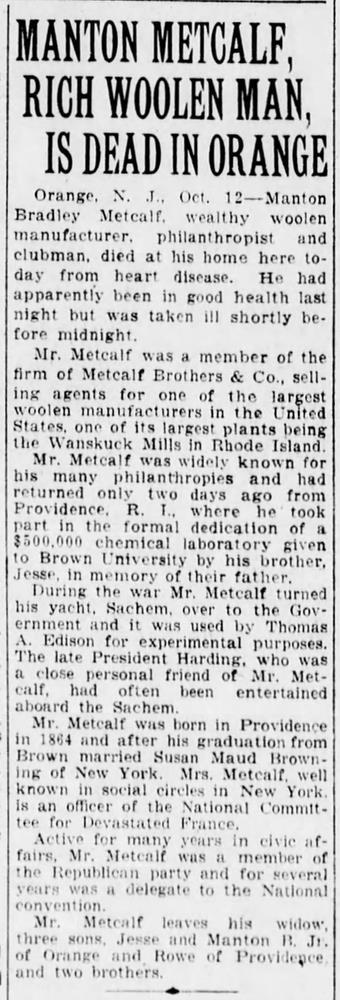
During World War I, on May 7, 1915, the RMS Lusitania fell victim to the Imperial German Navy's actions off the coast of Ireland. This event marked the beginning of a blockade aimed at Britain, severing crucial supply routes from America to its European allies. Directed primarily by Field Marshal Paul von Hindenburg and General Erich Ludendorff, the blockade targeted vessels suspected of aiding the European Allies by transporting supplies.
Nearly two years after the United States declared war on Germany on April 14, 1917, the U.S. Navy began requisitioning private boats and yachts like the Sachem for their speed and agility. On July 13, 1917, the Navy acquired the Sachem, redesignating it as the USS Sachem SP-192, and underwent extensive modifications for naval combat. Its masts were removed, its sides reinforced, and it was outfitted with modern navigation systems, depth charges, and defensive armament including a 57mm anti-submarine deck gun, two 37mm anti-submarine guns, and two light machine guns. On August 19, 1917, it commenced military service under the Third Maritime District, conducting patrols along the East Coast, Florida Keys, and Caribbean Sea to counter the threat posed by German U-boats.
Fortunately, she never encountered any hostility and returned unharmed after three months of wartime duty.
After her wartime service, the Sachem transitioned into Thomas Edison's government-sponsored floating laboratory situated on the Long Island Sound.
In 1915, Secretary of the Navy Josephus Daniels acknowledged Edison's technical prowess and invited him to chair the newly formed Naval Consulting Board. Edison, eager to minimize his involvement in bureaucratic tasks, assumed a predominantly ceremonial role as chairman. However, his true impact lay in his private efforts to bolster the U.S. Navy, particularly in submarine detection at sea. By the time America entered World War I in 1917, Edison had dedicated himself entirely to naval research.
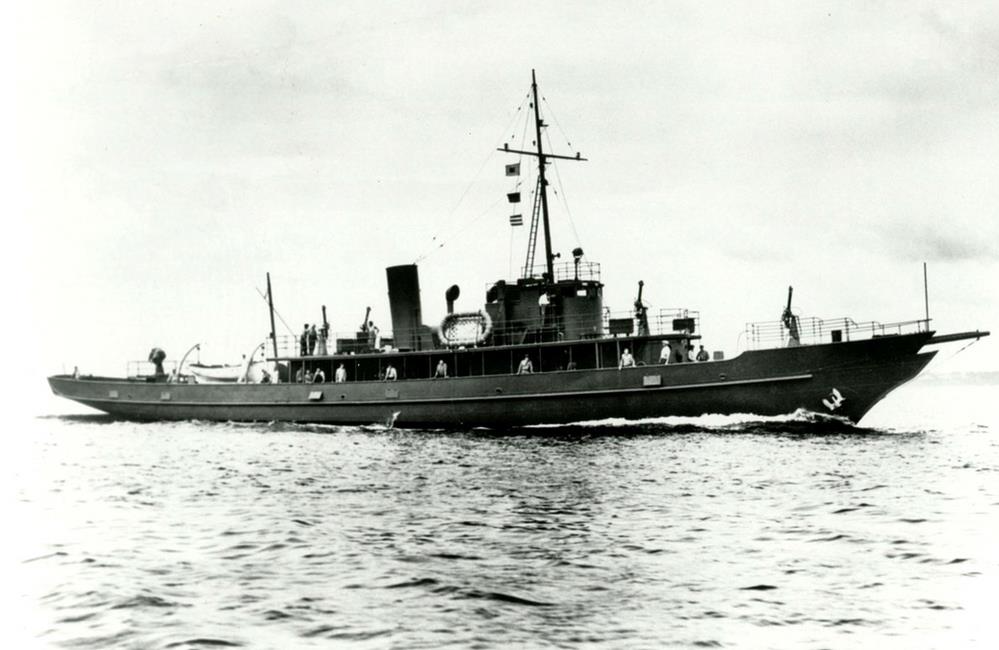
Some of his most noteworthy endeavors took place in Eagle Rock, NJ, where he repurposed an old casino into a laboratory for studying sound-based gun position detection. Even more notable, in ten weeks aboard the USS Sachem on Long Island Sound, Edison and his team conducted experiments on ship camouflage and torpedo detection. Equipped with cutting-edge instruments, the Sachem became a hub for detecting submarines through sight, sound, and magnetic fields. Edison's research efforts also culminated in the creation of fog bombs, designed to assist Navy vessels in maintaining stealth while at sea. The photo below, courtesy of the National Park Service, shows the USS Sachem conducting a fog bomb test in the Long Island Sound.
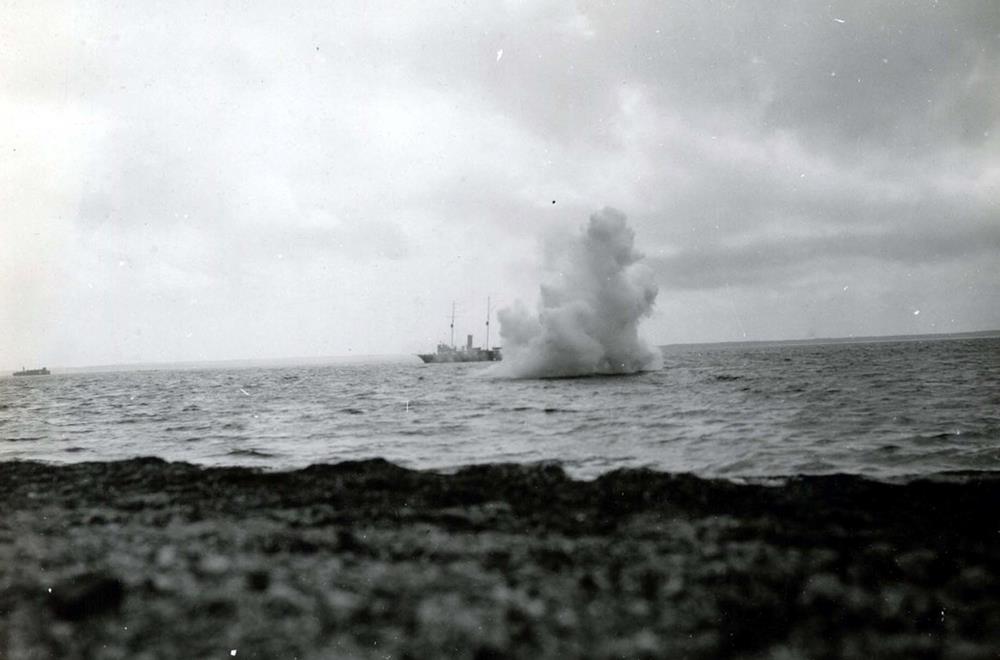
The Wizard of Menlo Park was known to take meticulous notes and so did he on his experiments aboard the Sachem. The pages below record his fog bomb and camouflage tests.
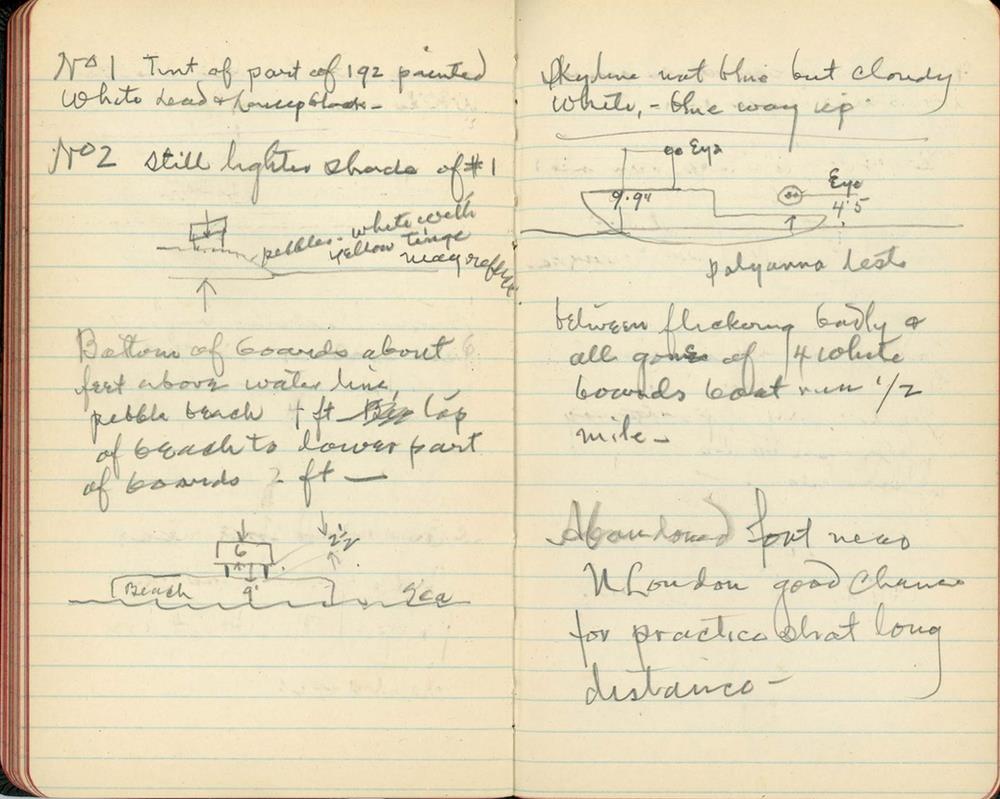
Over eighteen months working for the Navy, Edison conceptualized forty-eight projects, ranging from hydrogen-detecting alarms to vaseline and zinc coatings for submarine guns, and anti-roll platforms for ship stability in rough seas.
Despite his prolific innovations, Edison became increasingly frustrated with the Navy's reluctance to adopt his ideas. None of his forty-eight proposals progressed beyond the prototype stage, leading him to criticize the Navy's lack of vision and willingness to take risks. In a 1918 statement, he lamented the absence of imaginative thinking among Naval officers, attributing it to a deficiency in training at Annapolis. While Edison showed dissatisfaction with Naval officers, he held a deep affection for the crew aboard the USS Sachem, going as far as to take a photograph with them in 1917.
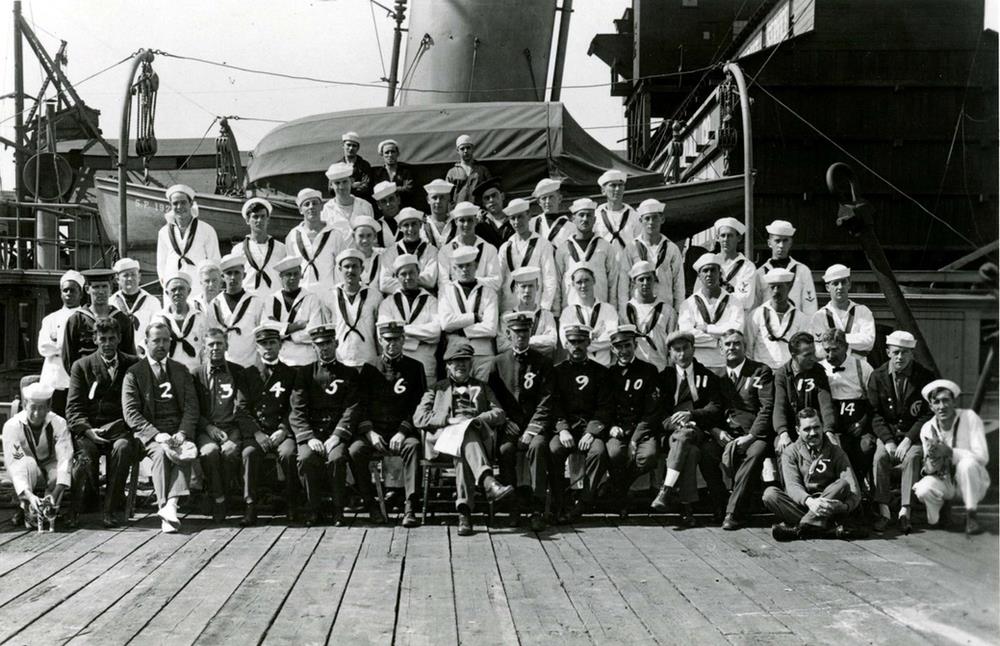
On November 25, 1918, Edison expressed his deep satisfaction with Lieutenant William Stone Harris, the captain of the Sachem, by writing to Daniels and strongly endorsing Harris for promotion to Lieutenant Commander.
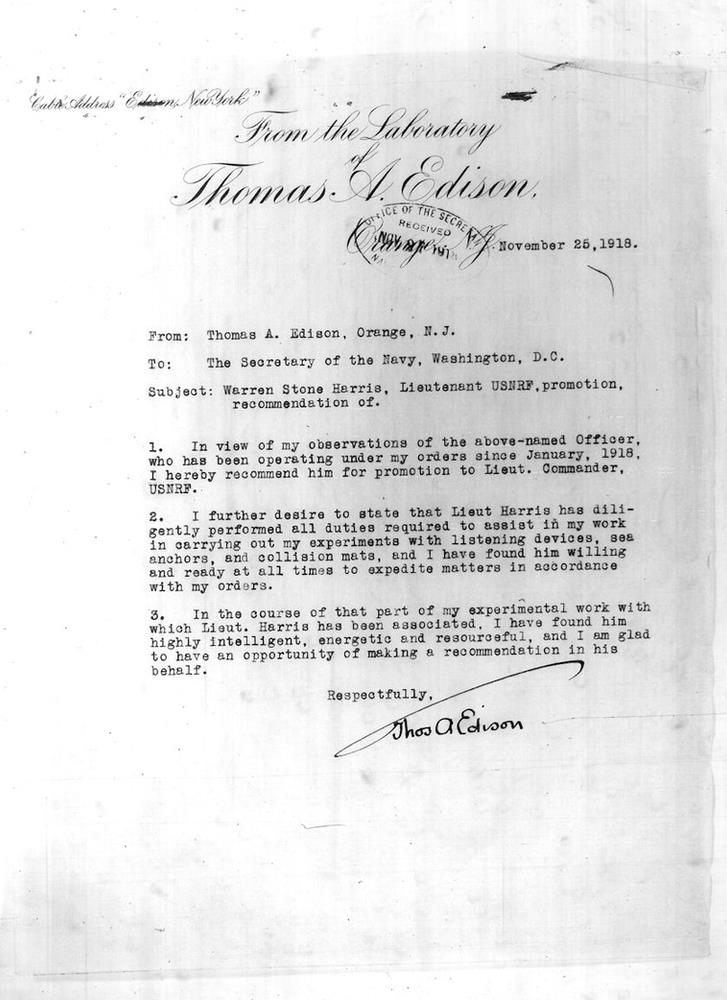
William Maxwell, vice president of Thomas A Edison, Incorporated, commented on Edison's work aboard the Sachem with: "He has been on the high seas working day and night for America wherever his duty has taken him - tirelessly, under all conditions. Sometimes his assistants in the laboratories or on the seas with him have complained, but he has replied to them: You can stand it if I can."
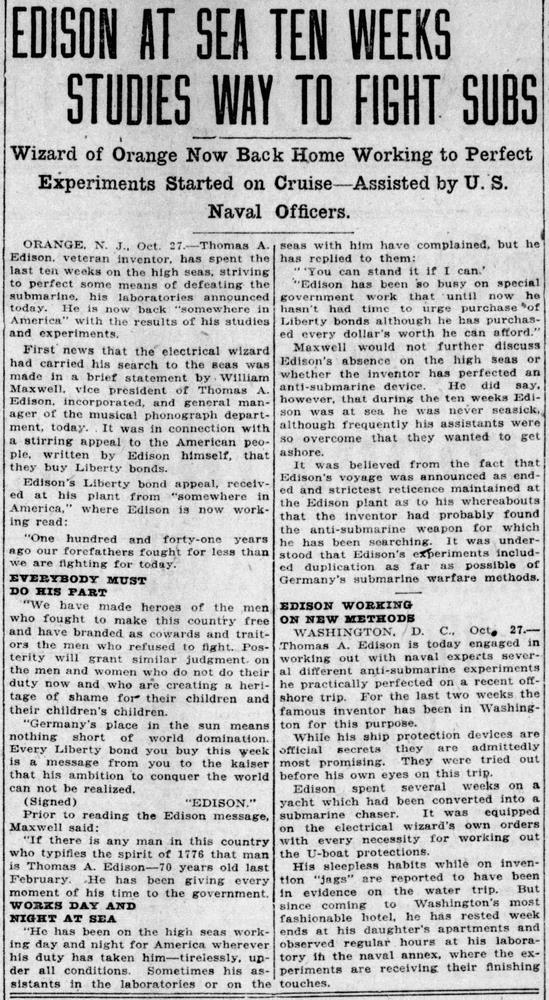
After fulfilling her duties as Edison's laboratory, the Sachem was returned to Metcalf in February 1919. Before Metcalf's death in October 1923, he sold the Sachem to Roland Leslie Taylor, a banker and Vice Commodore of the Corinthian Yacht Club of Philadelphia. While historical documentation on Taylor's ownership of the Sachem is sparse, a short reference in the Baltimore Sun dated May 29, 1929, reports Taylor and the Sachem's arrival at port there. Although no evidence exists to substantiate the claim, it's said that under Taylor's ownership, the Sachem operated as a rumrunner during Prohibition.
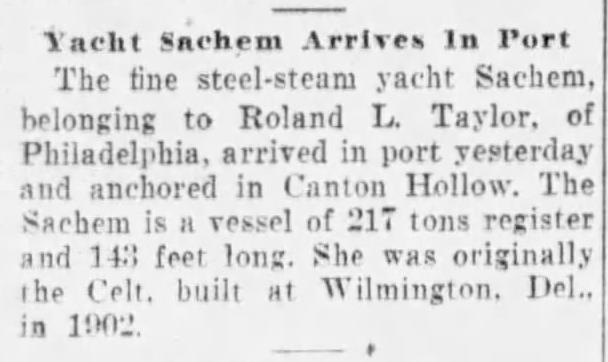
In 1932, Taylor sold the Sachem to Jacob "Jack" Martin of Brooklyn, New York. A young yet experienced captain, Martin converted the Sachem to a charter fishing boat and led deep sea fishing excursions and moonlight sails along the New York and New Jersey coasts.
In the summer of 1934, under Martin's ownership and presumably out on lease to the Boating & Yachting Agency of New York, the Sachem and three other steam yachts, known together as the "Million Dollar Fleet," joined the International Yacht Races in Newport, Rhode Island where she welcomed spectators aboard her deck to view the races.
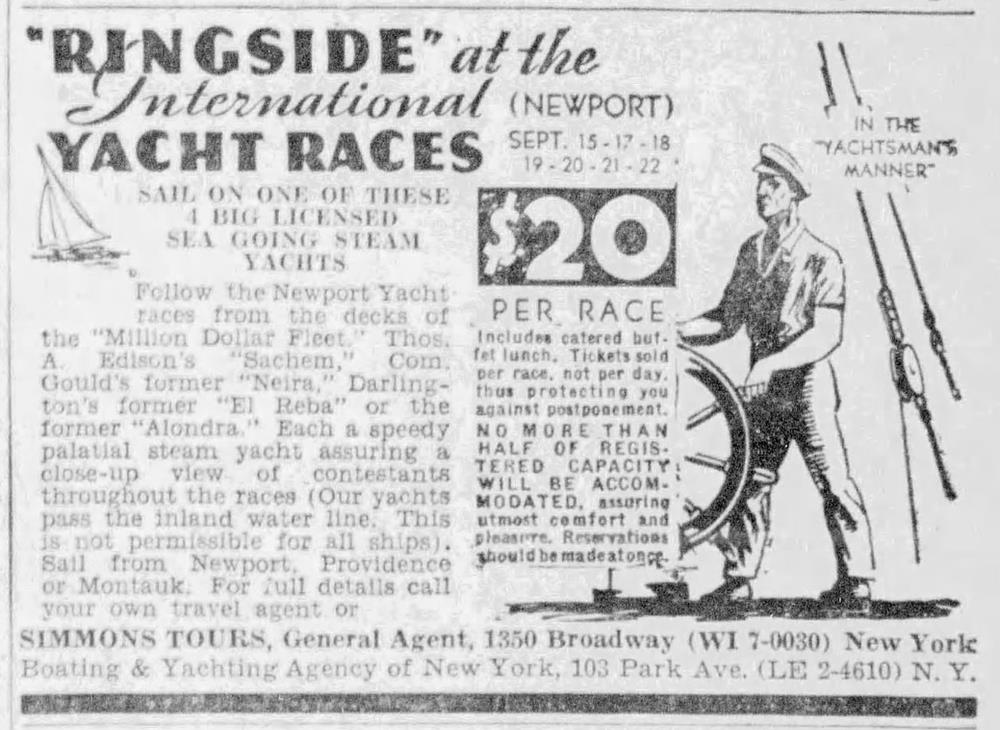
A year later, with more than three decades and countless hours at sea, the Sachem was retrofitted with a new seven-cylinder, 805 horsepower diesel engine.
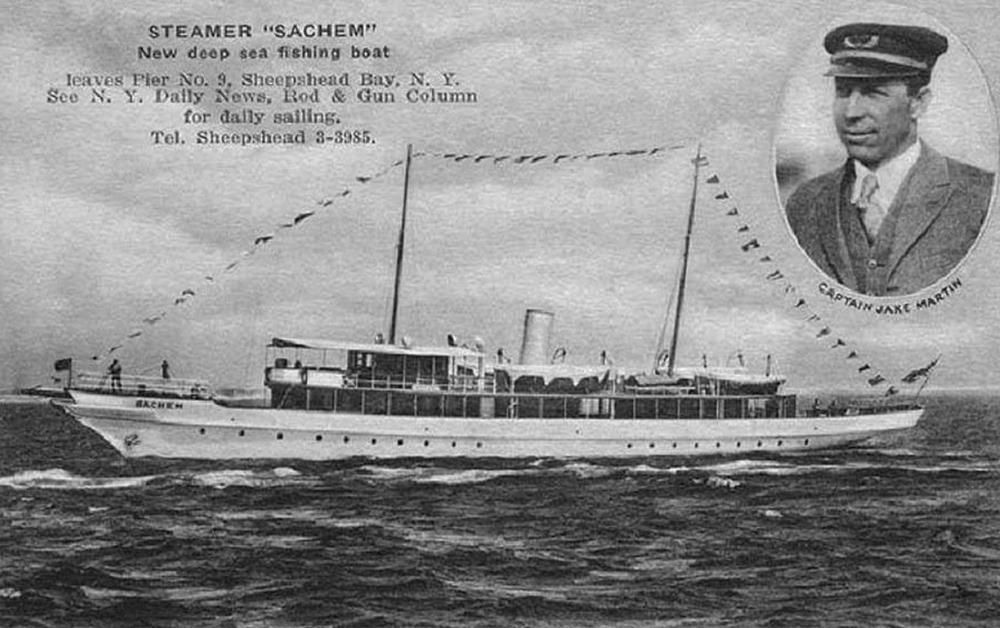
For the next seven years Martin's charter fishing business flourished, operating seven day a week from Pier 9 of Sheepshead Bay.
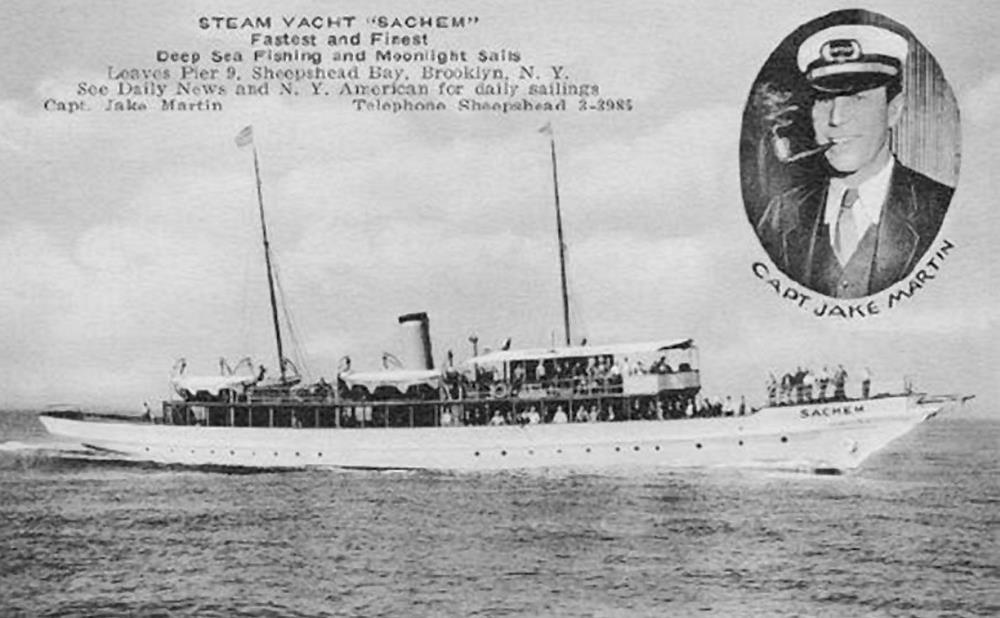
Following the attack on Pearl Harbor, on February 17, 1942, the Navy once again requisitioned the Sachem, this time paying Martin $65,000 for its services. The Sachem was renamed the USS Phenakite PYc-25 and underwent extensive wartime upgrades, including armor plating, a 23 caliber anti-aircraft deck gun, four Browning .50 caliber M2 machine guns, depth charges, and a fresh coat of paint.
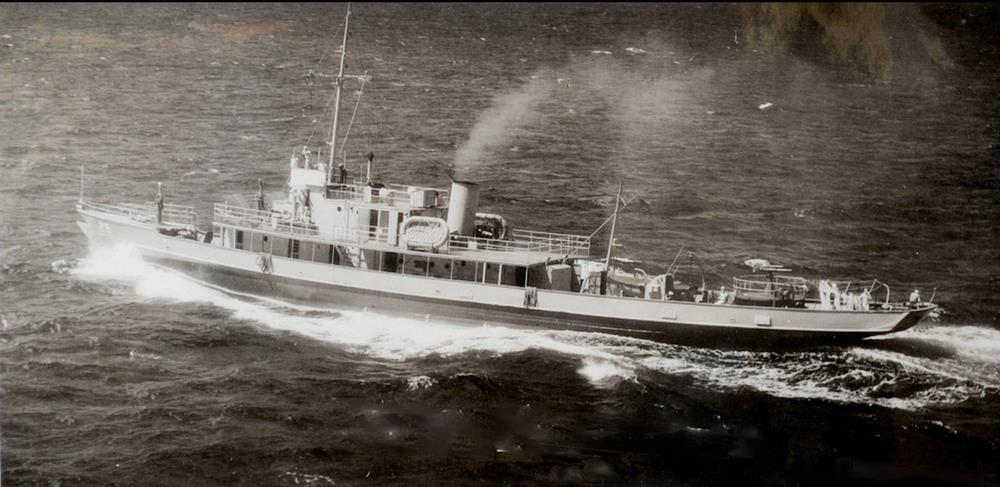
On July 1, 1942 the USS Phenakite was commissioned in Tompkinsville, New York. Similar to its service during World War I, the vessel patrolled the waters near the Florida Keys, the Carolinas, Cuba, and the Long Island Sound, actively seeking out Nazi submarines. For almost three years, it served diligently without encountering any major incidents. A year later, on November 5, 1945, the Phenakite was turned over to the Federal Maritime Commission and offered for scrap.
On December 29, 1945, Jacob Miller repurchased the severely neglected Phenakite for $5,333, renaming it to its previous name, Sachem. Lacking the funds necessary to restore Sachem as a fishing vessel, Martin sold it to the company that would later evolve into Circle Line Sightseeing Cruises, renowned for its Manhattan and New York Harbor water tours. Rechristened as Sightseer No. 8, the vessel underwent modernization and a fresh paint job, swiftly becoming the flagship of the company.
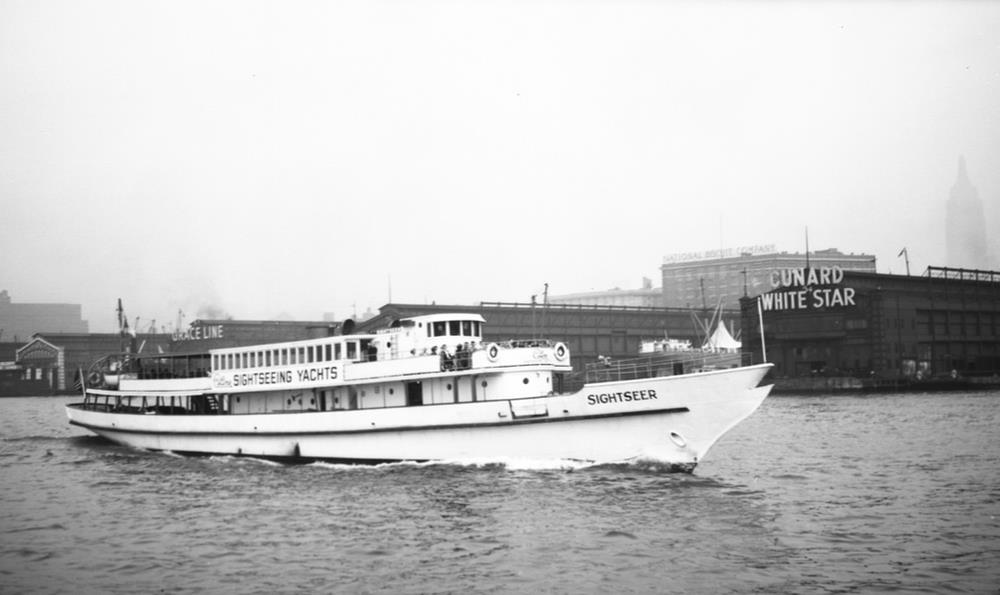
In the early 1950s, Sightseer No. 8 was renamed Circle Line Sightseer and subsequently the Circle Line V.
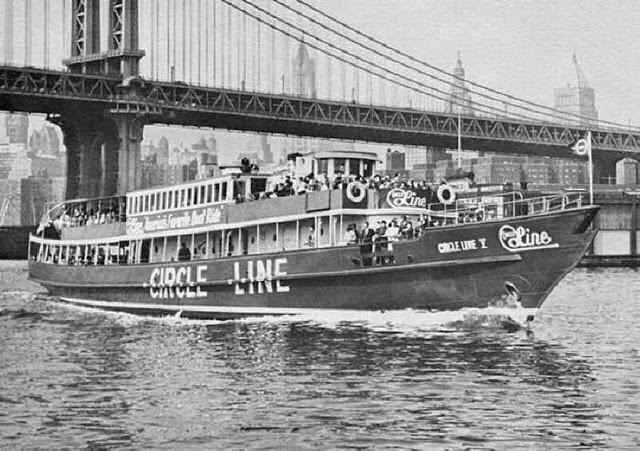
On September 7, 1956, a report in the New York Daily News detailed an event concerning the Sightseer No. 8. The vessel collided with a bridge on Madison Ave that crossed the Harlem River. Among the 358 passengers aboard, 77 sustained injuries, with several requiring stretcher assistance. The upper deck of the ship suffered significant damage, leading to its withdrawal from service for repair work.

In 1977, after 31 years of dedicated service with Circle Line Sightseeing Cruises, Circle Line V was retired due to escalating maintenance costs. By the time she was taken out of Circle Line's fleet, an estimated 3 million people are believed to have stepped foot on the vessel, including two United States presidents - the aforementioned Warren G Harding and later Herbert Hoover.
After being retired, the Circle Line V was abandoned at a pier in Weehawken, New Jersey, where it remained for nine years, receiving sporadic care from the Hudson Maritime Academy. Eventually, the owner of the pier put both the pier and the ship up for sale.
In 1986, Robert "Butch" Miller from Finneytown, Ohio, acquired the vessel from the Weehawken pier for $7,500. After investing ten days in repairs to make it seaworthy, Miller embarked on several months of travel around New York and New Jersey, becoming "dock pirate" to avoid exorbitant docking fees. It was during this period that a limousine pulled up while he was on deck. Recounting the incident to the Cincinnati Enquirer in 2011, Miller stated, "A guy got out and told me Madonna was shooting a video and wanted to use the boat for background." Miller agreed, and later that year, his prized possession appeared on the screens of millions of TVs across the world.
After attending the July 4, 1986 Statue of Liberty rededication, Miller and the Sachem left New York for a plot of land that Miller had purchased along Taylor Creek in Boone County, Kentucky. Following a lengthy voyage spanning the Hudson River, the Great Lakes, the Mississippi River, and the Ohio River, the Sachem finally reached it's home along the mouth of Taylor Creek near its confluence with the Ohio River.
However, this marked the end of the line for the Sachem. Miller lacked the necessary funds to complete its restoration, and the ship was abandoned, left to rust amidst the mud and overgrown weeds along Taylor Creek, gradually fading into obscurity.
During her lifetime, the Sachem adopted over six names, and in recent times has been known as both the Cincinnati Ghost Ship and the Ghost Ship of the Ohio River. Regardless of the name attributed to her today, one thing is certain - she lived a long and distinguished life.
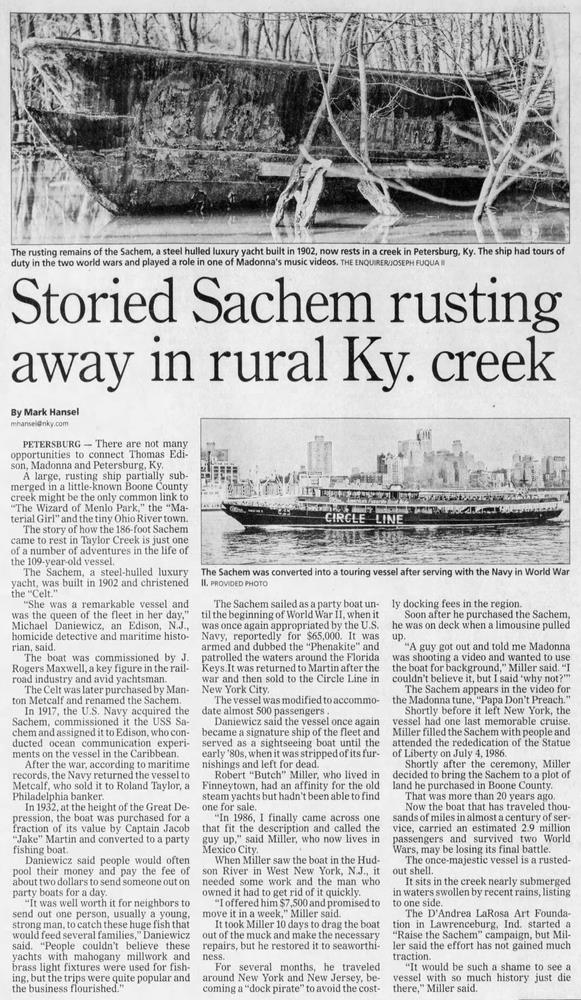
How to Visit the Sachem
Today, accessing the Sachem is a easy. Those interested in reaching the ship by paddling have the option to launch from various nearby sites. Among the closest options are the Tanners Creek Boat Launch in Lawrenceburg, Indiana, and Petersburg Park in Petersburg, Kentucky.
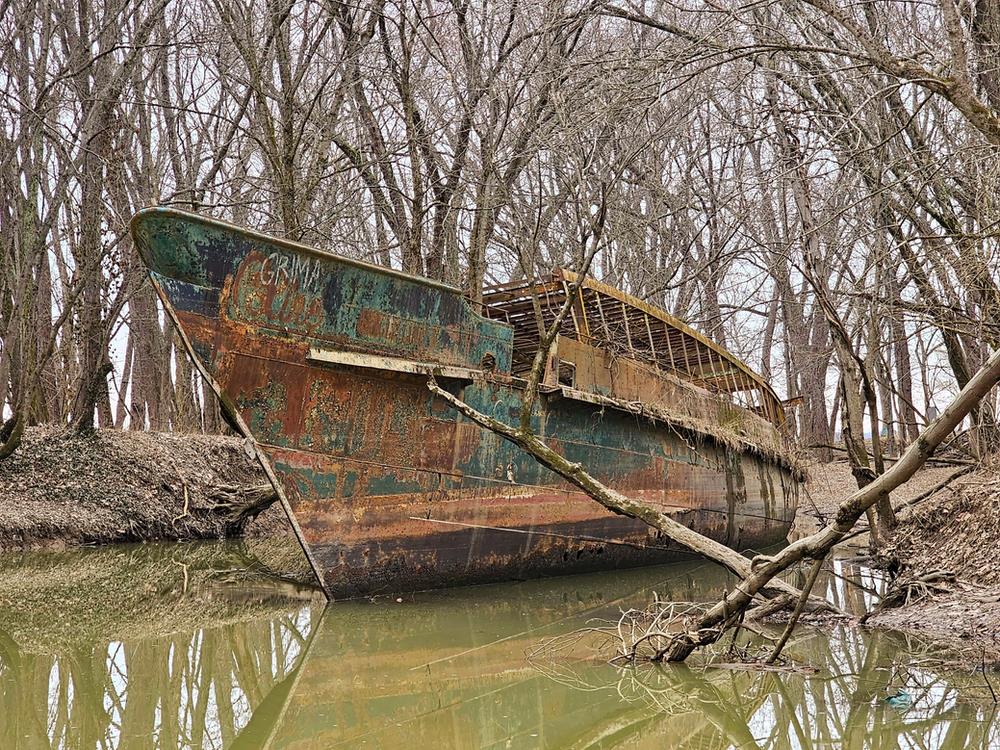
From either of these points, paddlers should head east along the Ohio River for approximately 1 mile until reaching Taylor Creek, the first tributary on the south side of the Ohio River. Once on Taylor Creek, it's a short few hundred yards to reach the Sachem.
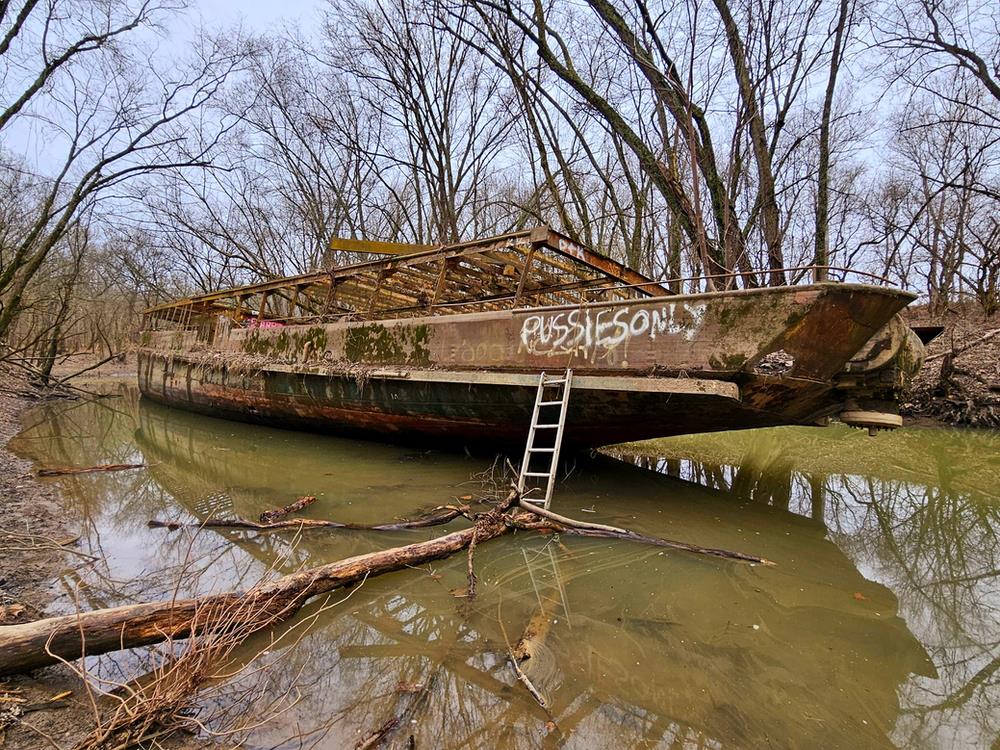
Another option involves a short walk to the ship. I can't confirm the legality of this option since the land visitors would be required to walk on is probably private property, but it is possible and clearly an option that many others have taken.

To reach the Sachem on foot, there's a two-car capacity pull-off along Lawrenceburg Ferry Road located at coordinates 39.0798914, -84.8483911. Upon parking, a clearly marked 0.1-mile foot trail leads visitors from the pull-off to the southern bank of Taylor Creek, where the Sachem is moored.
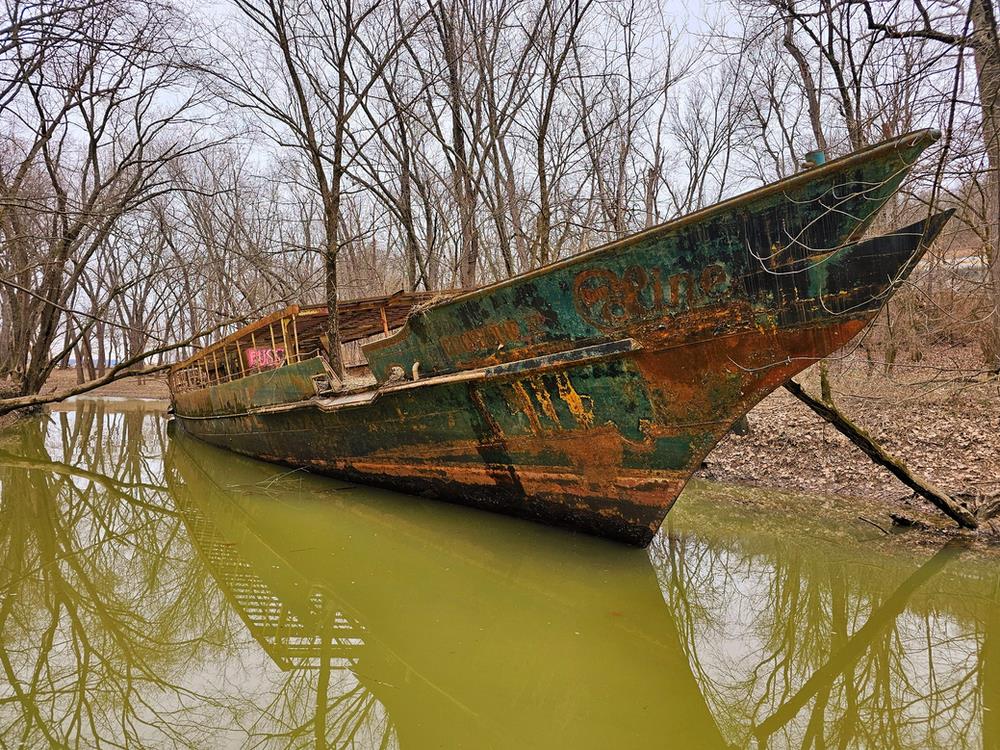
After a short walk down to the ship, visitors will find a ladder near the ship's stern. During my visit, I watched three people attempt to board the ship, all of whom ended up falling into the water.
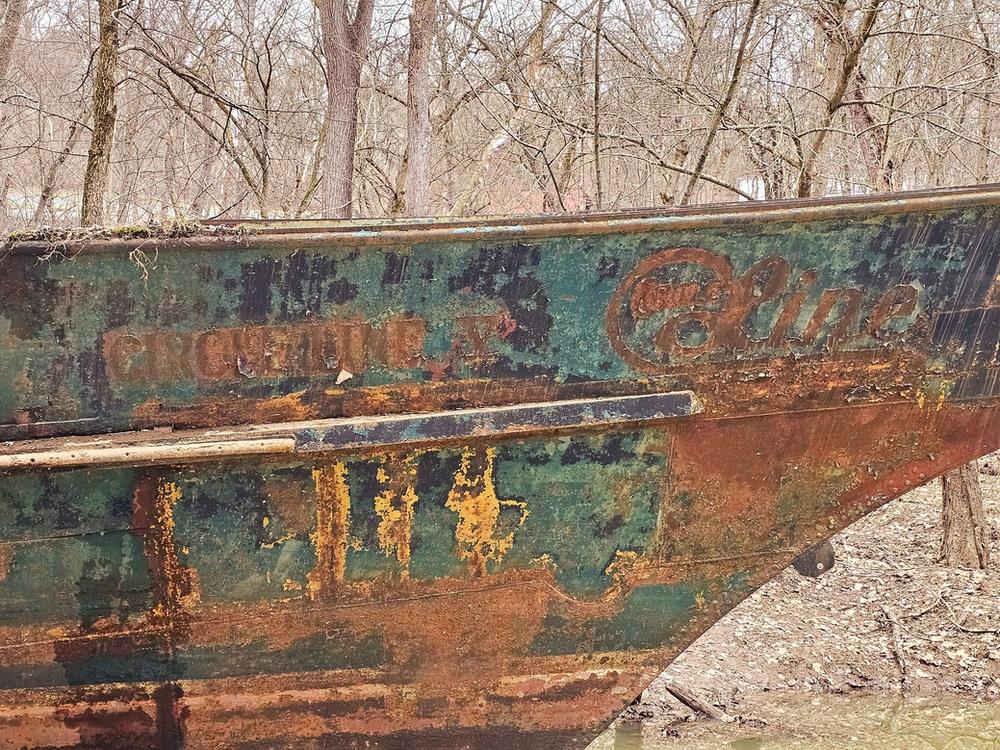
To access the north side of Taylor Creek, visitors can walk upstream until finding a suitable crossing point. During my February 2024 visit, I walked approximately a quarter mile before locating a spot where the creek was just slightly less than ankle deep.
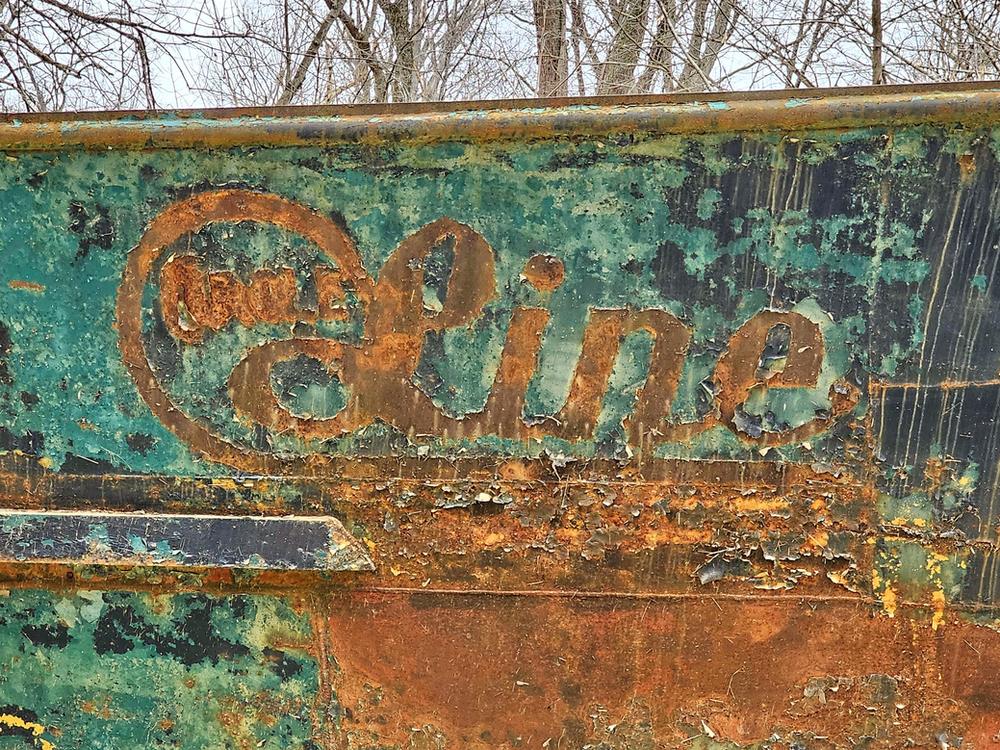
After crossing, a clearly marked trail runs along the north side of the creek, leading directly to the Sachem.
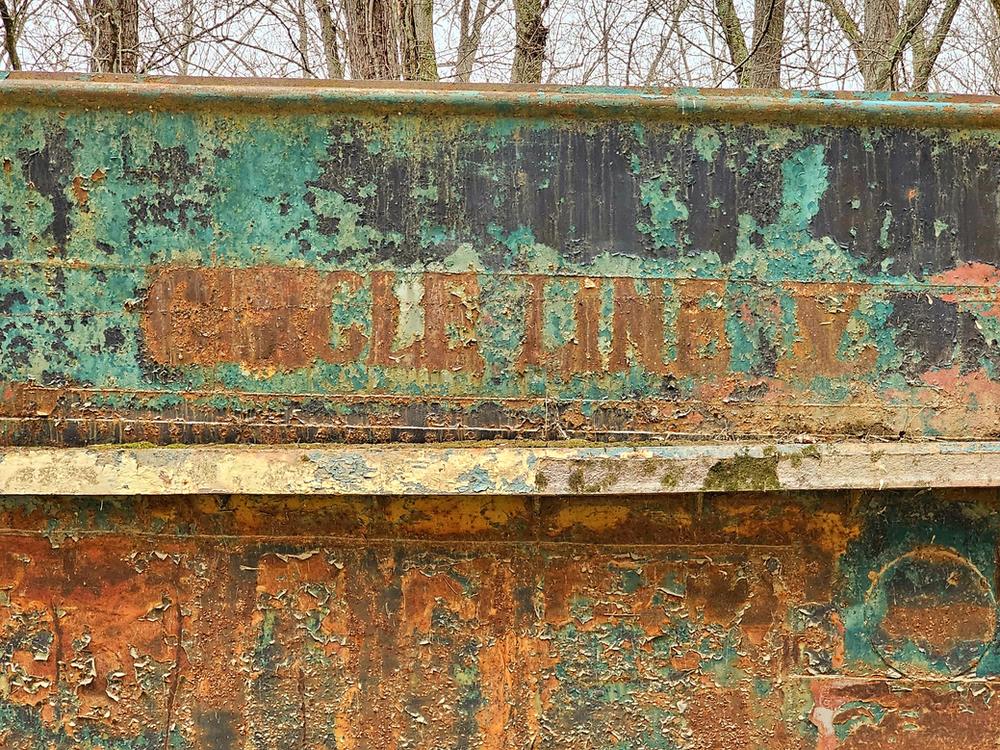
The north side of the creek provides slightly better views of the Sachem and is notably less muddy than the south side. However, it requires visitors to cross the creek, which depending on the season, can pose challenges.
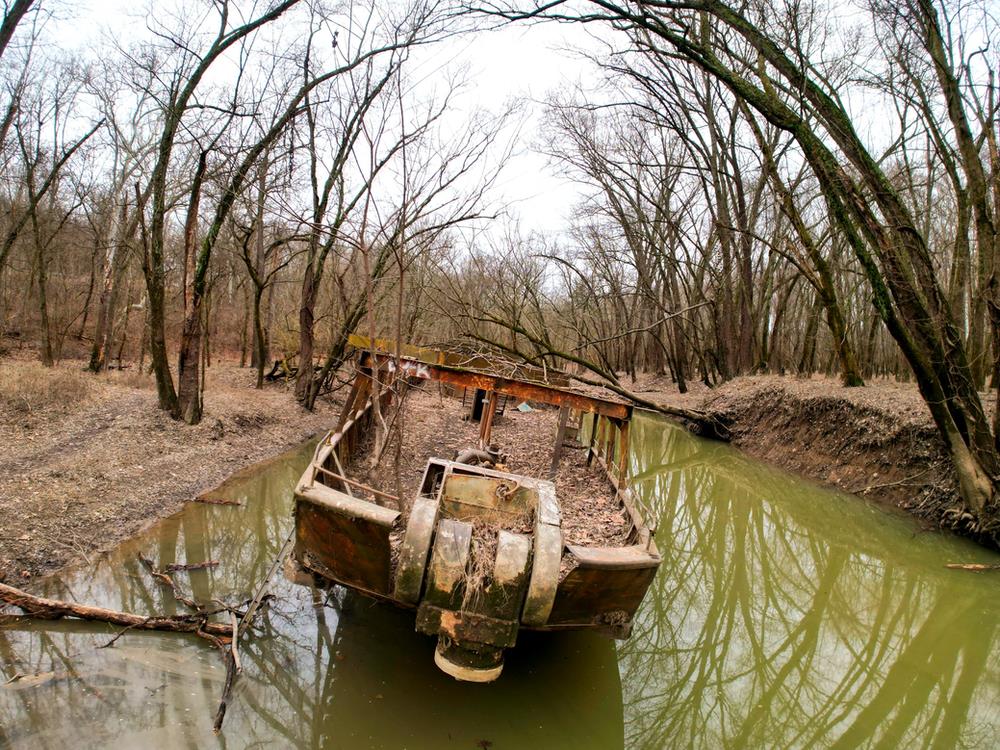
The Sachem bears significant vandalism, evident from the abundance of graffiti. The ship's condition has visibly deteriorated over time. Mother Nature has been reclaiming the Sachem for decades; there are over a dozen trees, some quite large, sprouting from its top deck.
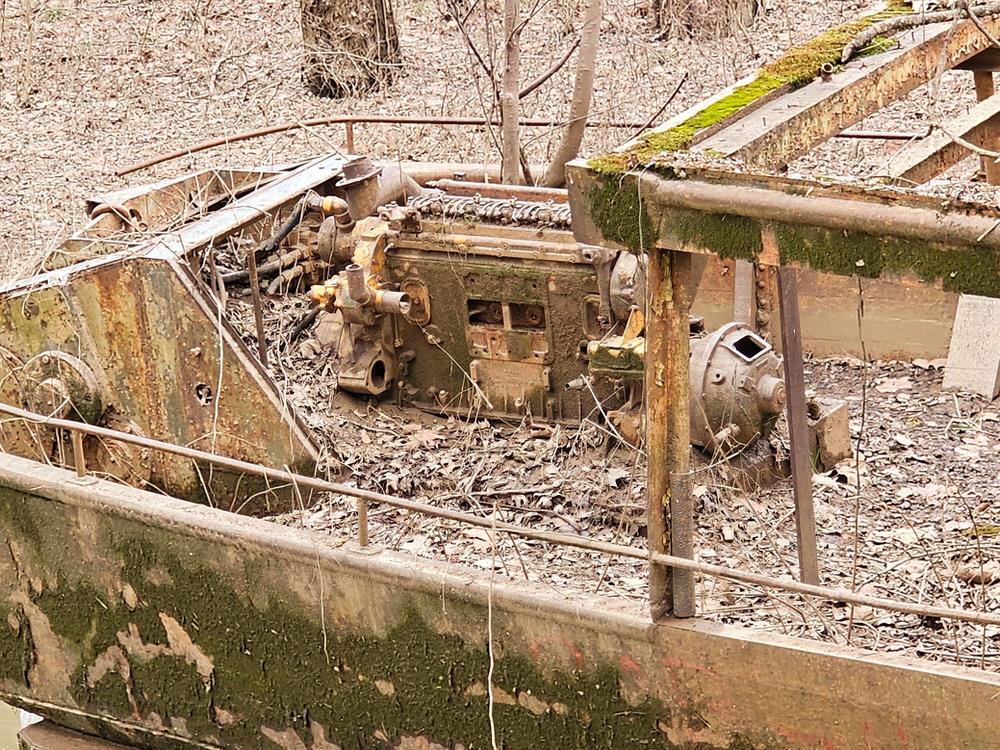
During my visit, I didn't encounter a single "no trespassing" sign at or near the pull-off. However, it has been reported that the Sachem is located on private property. I cannot confirm the legality of walking down to it from Lawrenceburg Ferry Road, but it's clear that many others have done so.
https://www.greatamericanhikes.com/post/visit-the-sachem-the-ghost-ship-of-the-ohio-river
 CampingSurvivalistHuntingFishingExploringHikingPrivacy PolicyTerms And Conditions
CampingSurvivalistHuntingFishingExploringHikingPrivacy PolicyTerms And Conditions
